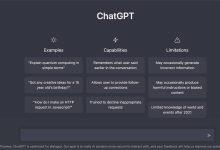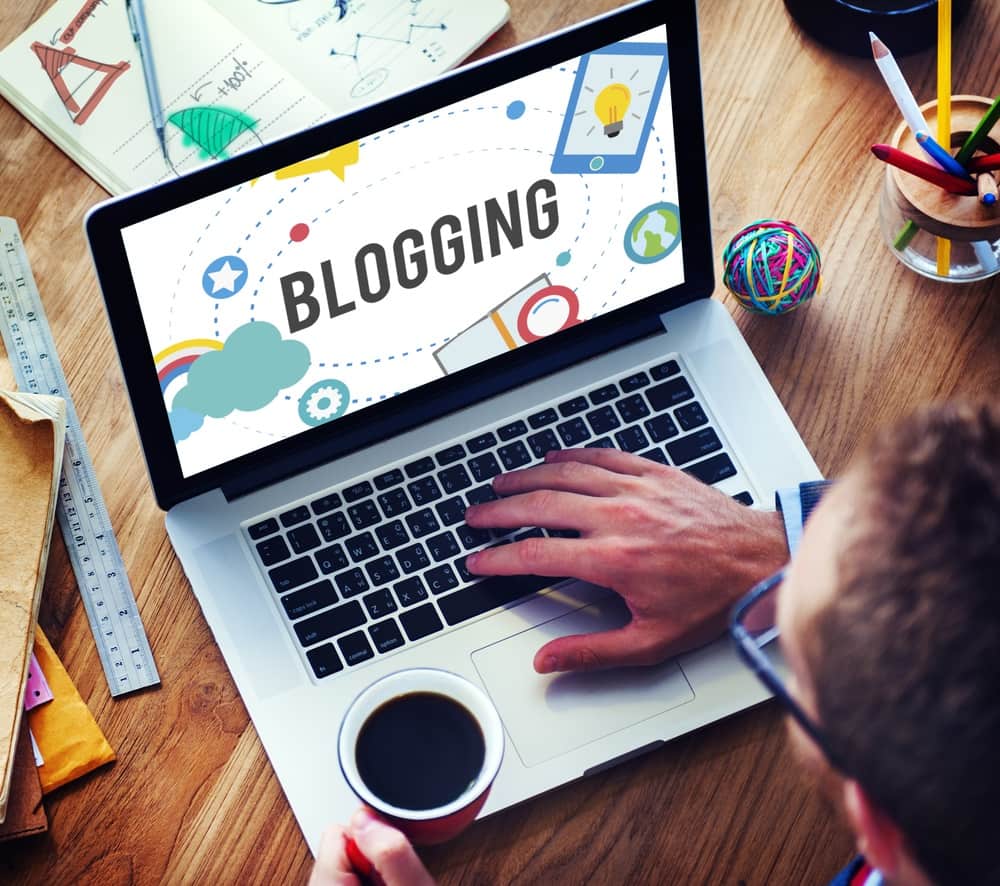International Money Transfer and Remittances: How to Send Money Abroad
If you want to send money to yourself between your bank accounts, like a checking and savings account at the same bank, it’s easy. However, what if you need to send money to yourself overseas? When you’ve got financial interests in several countries, or if you often travel, you’ll find you need to send money to yourself to cover expenses.
Fortunately, transferring funds across borders has never been easier. Before, you’d suffer from high fees and poor exchange rates. International money transfers were limited to legacy services and larger banks.
Now, with online money transfer technology, sending money to yourself when you’re traveling abroad or visiting your family back home isn’t as difficult as it used to be.
Here’s what you must know about sending money to yourself across borders.
These are 2 Simple Methods for Accessing Your Money Abroad
1. Money transfer apps
2. ATM and credit cards
How to Receive Funds You Send to Yourself
You need to move money between international accounts, or can’t get to an ATM, you have options.
Once you sign up with a money transfer service, you choose the country to send money to. Then, with regards to the country, you’ll have multiple delivery methods to choose from. These include:
Bank deposit
Transfer funds from one bank account to another. You need your bank details, like your name, account number, and address.
Digital wallet deposit
Transfer money to a digital wallet (or called mobile money) account in your country of choice. Like Apple Pay, Orange Money, eSewa, or Google Pay, mobile wallets are equipped for cashless transactions.
Within your budget purchases, bills, or services by transferring funds from your mobile wallet to the merchant or to another person’s digital wallet. If you would like cash, it is possible to cash in the funds with local agents or cash pick-up services.
Cash pickup
If you’re traveling in remote places where there won’t be banks, money changers, or ATMs, using cash pickup may be the greatest option.
Common cash pickup locales include grocery stores, money exchange counters, banks, pawn shops, and more.
International Money Transfer and Remittances: FAQs
How much does International Money Transfer cost?
International Money Transfer fees depend on the amount you send and the speed of delivery. Money transfer services also offer promotional rates occasionally, so you need to log into your account and check the fees you will have to pay.
You will be able to see the all-inclusive costs of the transaction the instant you enter the amount you’re sending and the country you’re sending it to.
If you’ll use your credit or debit card, check with your financial institution first to see the amount of a cash withdrawal fee they’ll charge. Different banks have varying rates.
How do exchange rates work?
Exchange rates between currencies are constantly fluctuating, and many factors affect currency movements. The gospel truth, however, essentially wants more value for every dollar that you send.
If you’re from the U.S. and you’re sending money to Mexico, for instance, you will probably need to convert U.S. dollars (USD) into Mexican pesos. Online money transfer services will do the conversion for you so there’s no need to go through the irritation of attending a money changer or currency exchange service.
What are the International Money transfer limits?
Online money transfer services impose daily or monthly limits for regulatory compliance. Your transfer limit depends on which country you’re sending money from and which country you’re sending it to.
For example, if you’ll send money to the Philippines with Remitly, around this writing, the maximum amount you can send in 24 hours is $2,999.Any more than this will require additional information from you. Additional sending limits may apply depending upon picking a payout partner or receiving location.
For sending limits for other countries, visit Remitly help center for more information.
What information do I need to send money to myself?
To ensure that you receive the money without any issues, check the requirements of the receiving bank or other financial institution. When you’ve got a savings or checking account in the nation you’re sending the money to, it ought to be easy to send and withdraw from your own bank account.
However, if you’ll withdraw the money from a cash pickup service, you’ll have to have at least a type of ID or two, and the transaction number.
Remitly or Venmo or Zelle?
Remitly makes international money transfers faster, easier, more transparent, and more affordable. Since 2011, over 5 million people have used our secure mobile app to send money with peace of mind.
P2P, or peer-to-peer services, are both trendy and convenient ways to store, receive, and transfer money. However, these services are limited to the country where your account is created. For both Venmo and Zelle, this means you can only send from a U.S.-based bank account to another U.S.-based account.









